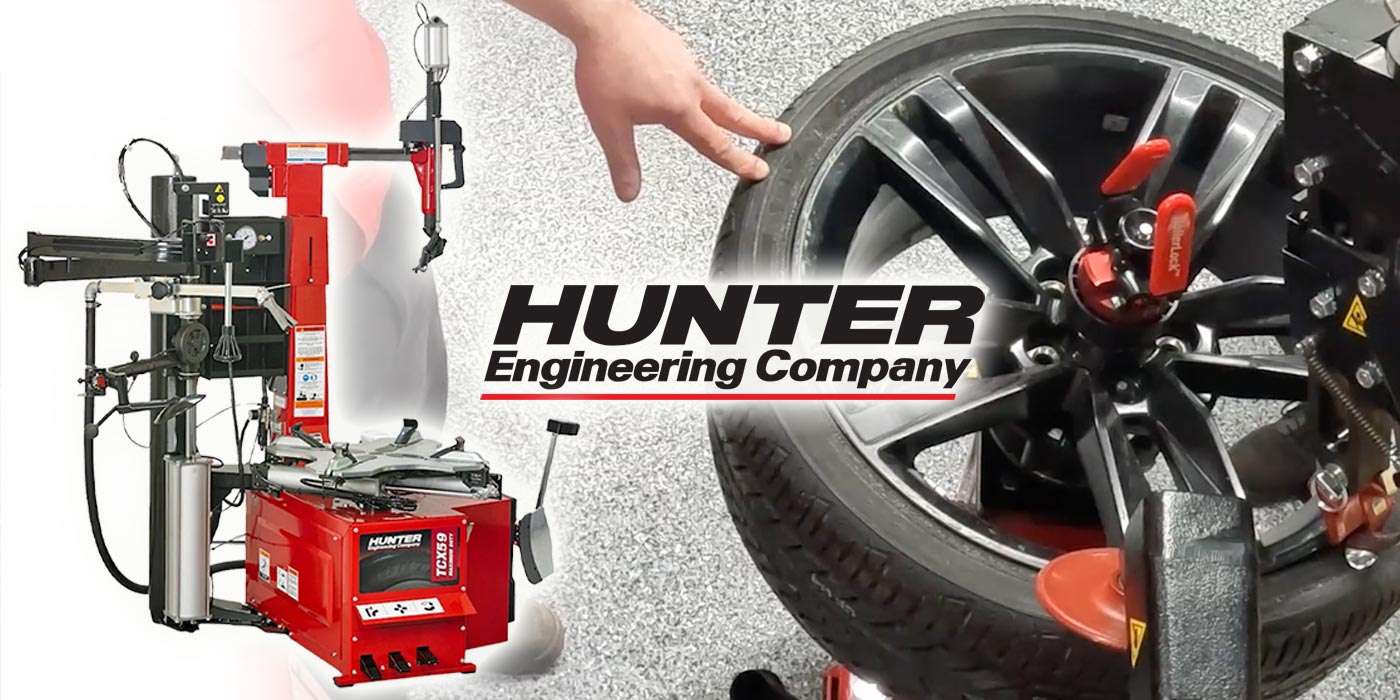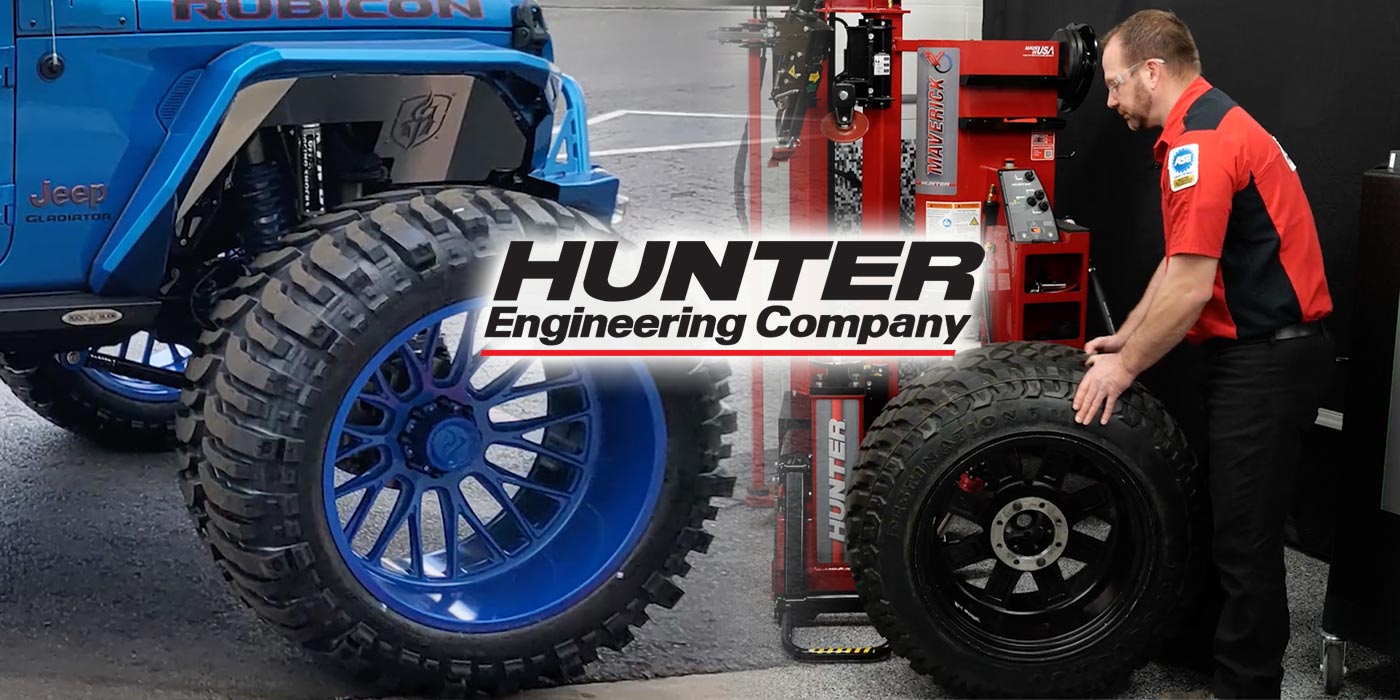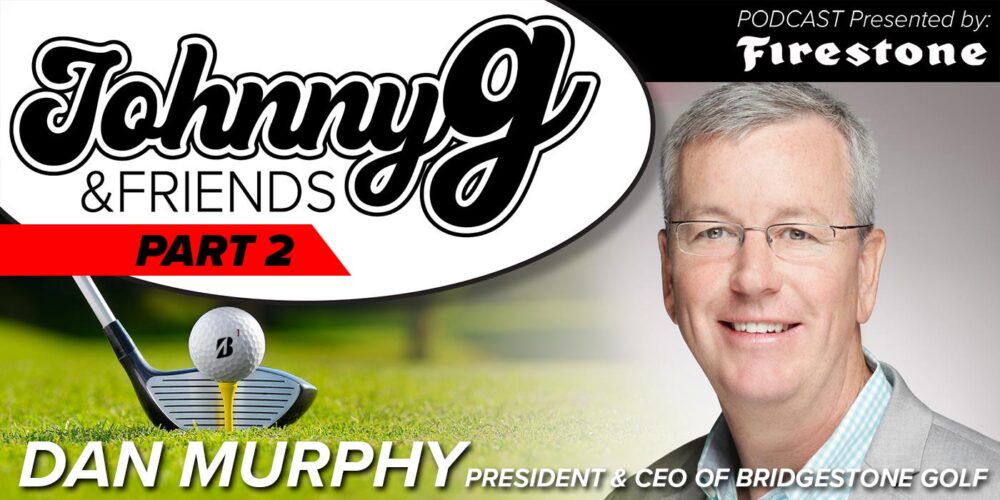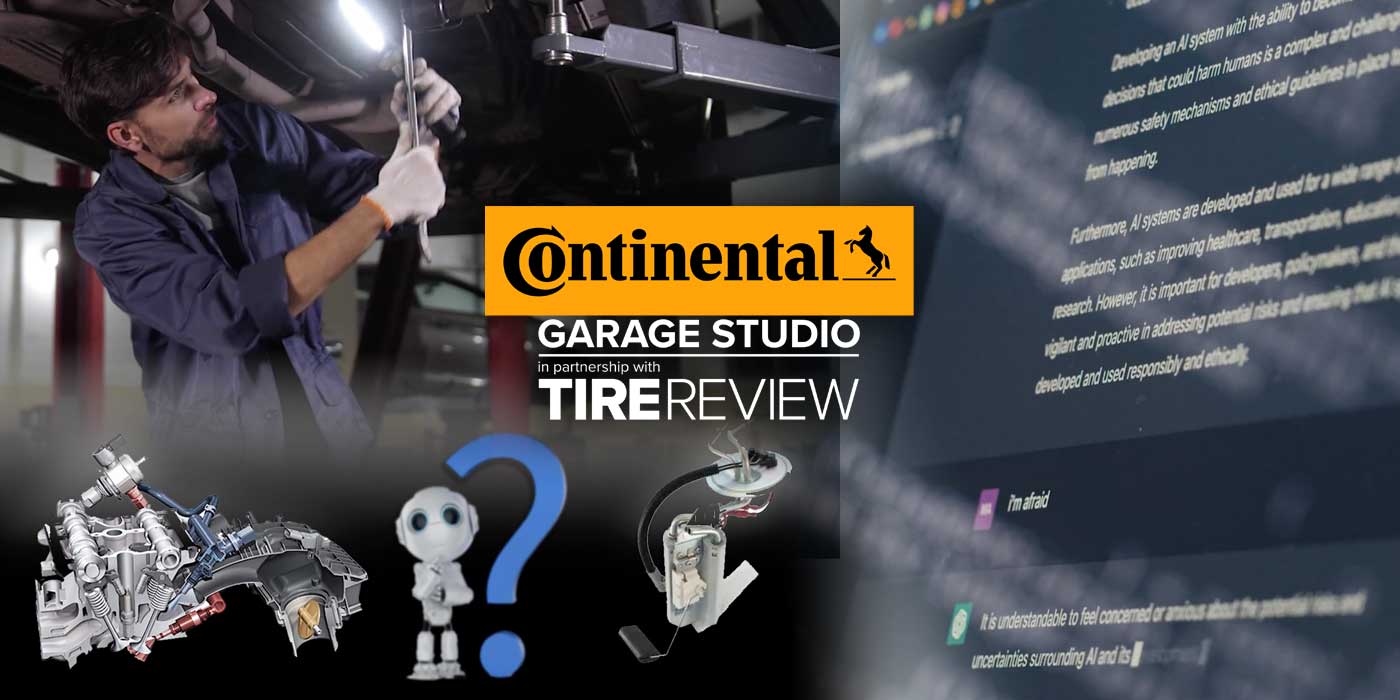The other day, we had a 2016 KIA Soul in our Garage for a video shoot, and suddenly, the right rear wheel locked up solid. Upon further inspection, we saw that the brake pad’s friction material was worn down to four millimeters and was getting close to the wear sensors on both sides. And the inboard pad on the right side was missing half of the friction material. So, what caused this failure?
Well, corrosion was the culprit. In this Tire Review Continental Tire Garage Studio video, we talk about how to spot brake pad system failures before they happen.
In our Kia Soul example, corrosion was the reason for the brake pad friction material separation. But there are a lot of other reasons why brake pads could fail.
When a brake pad exceeds its temperature range, the resins and raw components can break down. This can change the coefficient of friction or even damage the chemical makeup and cohesion of the brake pad. If the friction material is bonded to the backing plate using only adhesive, the bond can be broken. Other times when brakes overheat, it is a seized caliper or a stuck parking brake that causes the brake pad to be toasted.
When the friction material separates from the backing plate, the relationship between the rotor, backing plate and caliper piston is changed. If the caliper is a two-piston floating design, the pad can become bent and sometimes cause a hydraulic failure.
It’s important that when you’re looking at a vehicle’s brake pads to not judge their condition by the look of just one pad. Both pads and their thickness need to be inspected and documented.
Increased brake pad wear is typically caused by the outer pad continuing to ride on the rotor after the caliper piston retracts. This could be caused by sticky guide pins or slides. If the brake caliper is an opposed-piston design, outer brake pad wear is an indication the outer pistons have seized.
Inboard brake pad wear is the most common brake pad wear pattern. More rapid inner pad wear can be caused by a seized caliper guide pin or slides. When this happens, the piston is not floating and equalizing force between the pads. That means the inner pad is doing all the work.
To correct this type of wear, inspect the hydraulic brake system and the caliper for residual pressure and damage to the guide pinhole or piston boot. If the pin holes or piston boots are corroded or damaged, they should be replaced.
Bottom line: Never take rust or corrosion lightly. Corrosion on the caliper and pads is an indication the coating, plating or paint has failed and needs to be addressed.
Don’t forget to follow us on Instagram and Facebook and subscribe to our YouTube channel for more tire, service and shop operations videos.













